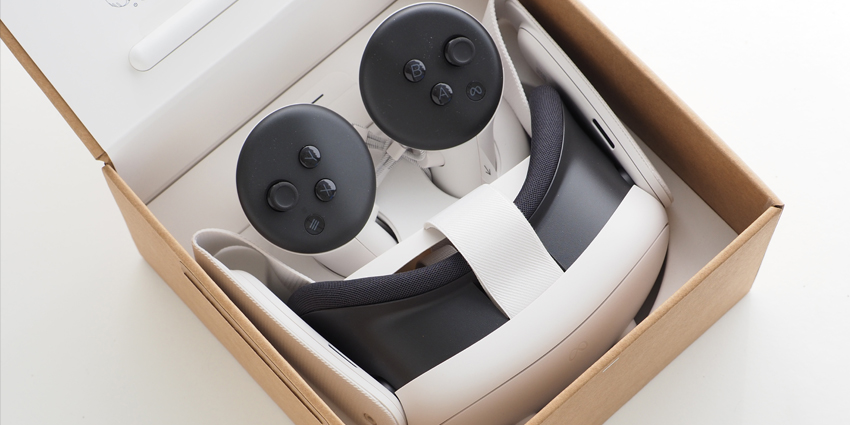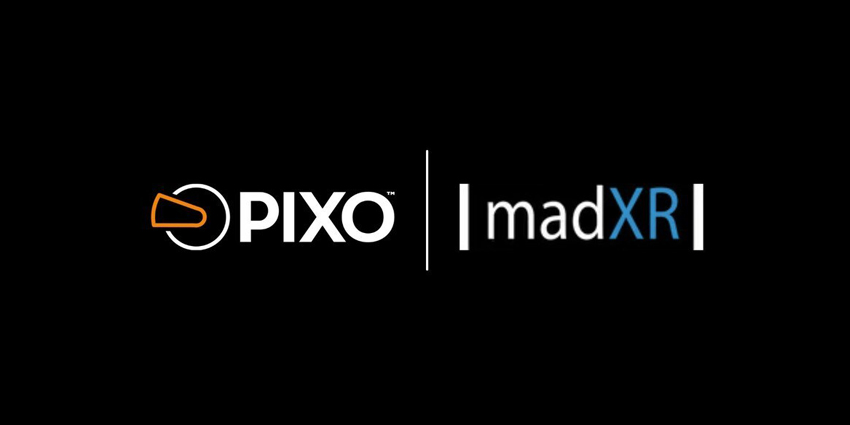If you were to list all the many facets of Extended Reality (XR) according to their popularity and hype levels, VR would probably rank at the top. Virtual Reality, or VR isn’t just the latest buzzword in the video game industry – it’s also an incredible opportunity to improve life as we know it.
Through virtual reality, companies and developers can create experiences that serve a wide range of crucial purposes. For instance, VR could be the tool that helps to bring the tourism industry back to life in a post-pandemic era. VR also has the potential to deliver better, more meaningful training experiences to the people who need it must, like military personnel and surgeons.
If you’re running a little behind the VR hype train, don’t worry. We’re here to explain everything you need to know about VR and what it can do.
What is the Virtual Reality Market?
Let’s start with a definition. VR or Virtual Reality is the form of immersive technology in the XR landscape which involves replacing the physical world with a virtual alternative. With a VR headset and software, you step into a virtual environment, to interact with digital content just like you’d interact with real objects in your office or living room.
Increasingly, VR is evolving to be more than just a tool for entertainment. Virtual Reality 3D environments can bring teams together in the enterprise environment, in a world where teams won’t always be able to collaborate face-to-face. Virtual Reality also opens the door to new levels of creativity, by allowing people to experiment with different ideas and builds for products, without wasting any physical resources.
As technology continues to evolve, the features of a VR headset are becoming increasingly more impressive, with features like immersive haptic feedback and even cognitive control appearing in some environments. However, the majority of VR market experiences feature the following components:
- 3D content: True virtual reality experiences don’t just give you a picture of a new environment to look at – they immerse you within that space, using 3D images and experiences. Some 3D content is more realistic than others, but the idea is to really make you feel like you’re in a different space, such as a meeting room.
- Sensors and tracking: The amount of agency you have in a VR experience will depend on the application. Some solutions allow you to simply move through a space, while others allow interaction with your surroundings. Whether you’re just walking or picking up objects, your VR systems needs sensors and tracking to pay attention to where and how you move.
- The VR Headset: The headset in a VR system is the tool most responsible for replacing your physical world with a new digital environment. Enhanced displays with eye-tracking components built-in present an image to you as though you’re looking at the world around you. Today’s headsets are becoming increasingly more lightweight and efficient.
Where Did Virtual Reality Come From?
Virtual Reality has actually been around for a lot longer than most people realise.
It’s only recently that we’ve begun to explore VR as a solution for taking over school education and transforming the way we work. However, the original head-mounted display came back in the 1960s, and it was called “HeadSight”. Even before this, there were non-digital predecessors to VR intended to create more “immersive” experiences for users.
The virtual reality we have today is a lot more impressive than the tools we had previously. Today’s solutions are more lightweight and effective, capable of providing more realistic experiences to users. For instance, Ford has its own VR design studio where people can come together to build new cars.
VR is also becoming increasingly aligned with other aspects of disruptive technology, like Artificial Intelligence, which allows for better tracking experiences and stronger software.
Today’s VR solutions are made up of a series of software and hardware components, all working together to create an immersive 3D environment, complete with input tracking. Companies can also access advanced VR tools with full-body tracking and incredible HD visuals.
Increasingly, the tools designed to work alongside VR are becoming more impressive too, with eye-tracking tools that can allow you to control content with your thoughts and haptic gloves that even allow you to touch and feel the digital tools you’re interacting with.
What Are the Benefits of Virtual Reality?
VR still has challenges to overcome today. Headsets aren’t always as lightweight as customers would like, and many people suffer from experiences of VR sickness when they wear these devices for too long. An immersive VR platform with headsets for all of your employees can also be an extremely expensive investment, making it harder for some companies to get involved.
However, many of these issues are already in the process of being solved. Since the pandemic, the increased investment in VR R&D has accelerated us towards a future where more comfortable and effective VR experiences will be available for everyone. Soon, we’ll see a landscape where everyone can collaborate and experiment with ideas in VR.
People working in otherwise dangerous scenarios will use VR to build muscle memory without putting anyone at risk. Universities and educational facilities are already turning to VR as tools for teaching nurses and other experts how to perform procedures.
VR could even become a solution for saving companies money and protecting the environment. When we can have more immersive experiences in VR, there’s no need to travel to meet with people worldwide. VR and MR could be the tools that eliminate the need for business travel almost entirely.
The Future of VR is Coming
For years, companies and innovators have been discussing potential opportunities in the VR world, and how they can benefit us on a global scale. Now, we’re beginning to see just how effective this technology can really be. As headsets become more affordable and innovative tools become more accessible, there’s no limit to where VR could go.







